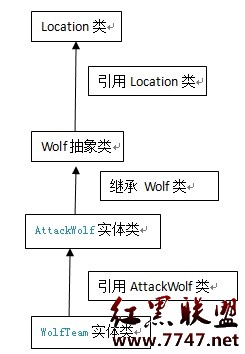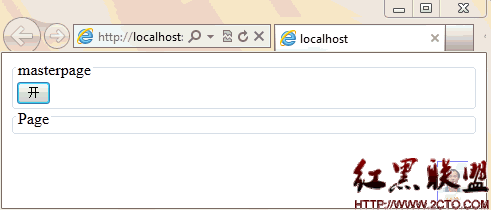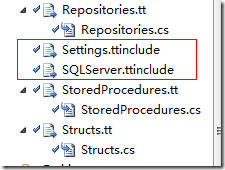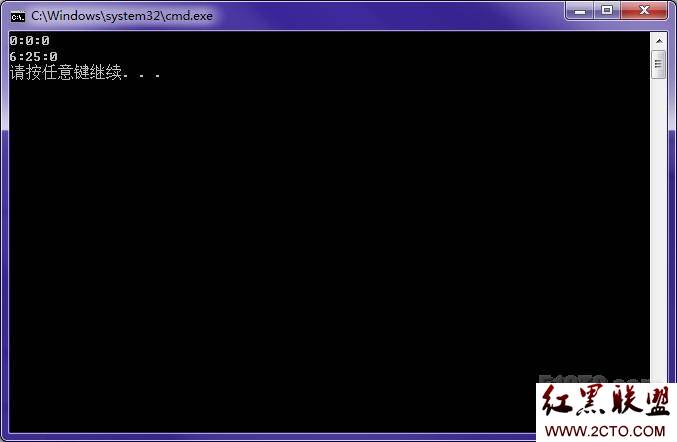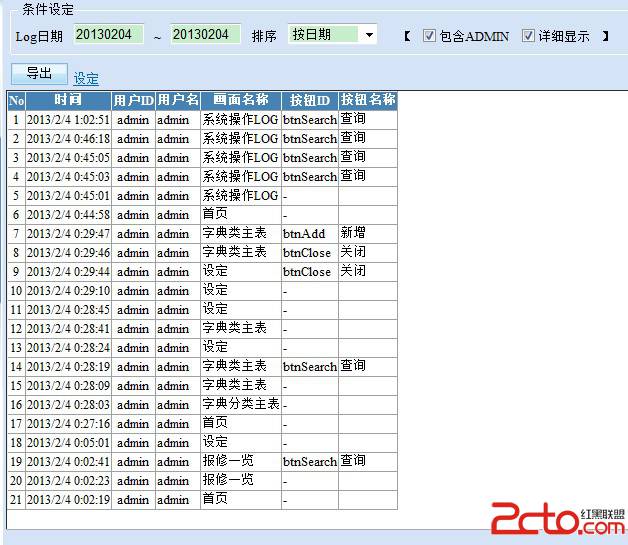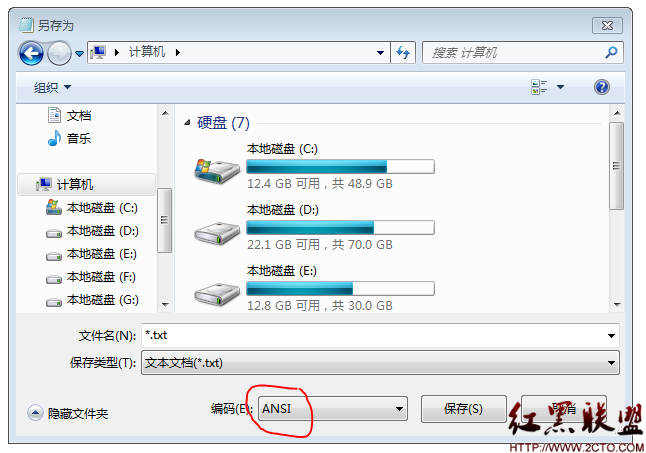.NET简谈组件程序设计之(渗入序列化过程)
今天这篇文章是来讲解怎么运用一些高级的功能,在序列化、反序列化过程中进行一些控制。
这里穿插一句题外话:其实在我们自己编写组件的时候真的有好多东西可以借鉴.NET平台的一些优点,它的功能都不是死的,可以订阅、可以切入,在我们编写组件的时候,我们其实也要好好考虑一些高级的特性。
上面这段话其实是为了铺垫用的,意思是说序列化组件在它工作的时候我们可以“参合”进去。
IFormatter格式器接口在工作的时候会去检查要序列化的对象是否用Serializable特性进行了标记,如果有,那么就进行深度递归遍历或者广度递归遍历所有成员,如果内部成员被NonSerialized禁止序列化特性标记,那么IFormatter将跳过该成员。在对象的内部所有的成员如果没有被禁止序列化,那么都会经过序列化工程,所以我们很难保证在特殊的对象上能否递归遍历序列化成功。
很典型的对象就是event事件对象,在订阅列表中我们不能保证所有的订阅者都能够被序列化,但是我们又想在反序列化的时候能初始化一些数据。
IDeserializationCallback接口
using System;
using System.Runtime.InteropServices;
namespace System.Runtime.Serialization
{
// 摘要:
// 指示在完成整个对象图形的反序列化时通知类。
[ComVisible(true)]
public interface IDeserializationCallback
{
// 摘要:
// 在整个对象图形已经反序列化时运行。
//
// 参数:
// sender:
// 开始回调的对象。当前未实现该参数的功能。
void OnDeserialization(object sender);
}
}
IDeserializationCallback接口是反序列化时会执行的接口,接口里面只有一个OnDeserialization方法,系统在反序列化的时候会检查待序列化对象是否实现了IDeserializationCallback接口,如果实现了,那么系统就调用该接口中的OnDeserialization方法。[王清培版权所有,转载请给出署名]
那么这个方法我们有何用呢,我们来看代码;
using System;
using System.Collections.Generic;
using System.Text;
using System.Runtime.Serialization;
namespace ConsoleApplication1.序列化和持久化
{
[Serializable]
public class MyClass : IDeserializationCallback
{
public MyClass() { }
public string number = "MyClass状态";
[field: NonSerialized]//事件必须用field进行修饰
public event EventHandler Event;
#region IDeserializationCallback 成员
public void OnDeserialization(object sender)
{
}
#endregion)
}
}
MyClass类中有一个Event事件对象,我们在它上面加了禁止序列化特性,前面的field是用来把event对象也当成字段来看待,因为NonSerialized特性只能用在field字段上。
我们实现IDeserializationCallback接口,这个接口的方法会再每次反序列化的时候执行。
using System;
using System.Collections.Generic;
using System.Text;
using System.Runtime.Serialization;
using System.Runtime.Serialization.Formatters.Binary;
using System.Runtime.Serialization.Formatters.Soap;
using System.Runtime.Serialization.Formatters;
using System.IO;
namespace ConsoleApplication1.序列化和持久化
{
public static class Program
{
public static void Main()
{
SoapFormatter formatter = new SoapFormatter();
Stream stream = new FileStream("obj.xml", FileMode.Create, FileAccess.Write);
using (stream)
{
MyClass myclass = new MyClass();
myclass.Event += new EventHandler(myclass_Event);
formatter.Serialize(stream, myclass);
}
Stream stream1 = new FileStream("obj.xml", FileMode.Open, FileAccess.Read);
using (stream1)
{
MyClass myclass = formatter.Deserialize(stream1) as MyClass;
}
}
static void myclass_Event(object sender, EventArgs e)
{
}
}
}
我们在MyClass类中订阅了Event事件,如果我没有在MyClass类中的Event事件上加上禁止序列化特性,那么执行序列化的时候肯定是回报错的。
如果我们需要再对象MyClass存在的时候就需要有一个事件订阅者存在,比如对象内部的日志记录、消息发送等。我们就可以在OnDeserialization方法中进行处理。
using System;
using System.Collections.Generic;
using System.Text;
using System.Runtime.Serialization;
namespace ConsoleApplication1.序列化和持久化
{
[Serializable]
public class MyClass : IDeserializationCallback
{
public MyClass() { }
public string number = "MyClass状态";
[field: NonSerialized]//事件必须用field进行修饰
public event EventHandler Event;
#region IDeserializationCallback 成员
public void OnDeserialization(object sender)
{
&
补充:Web开发 , ASP.Net ,